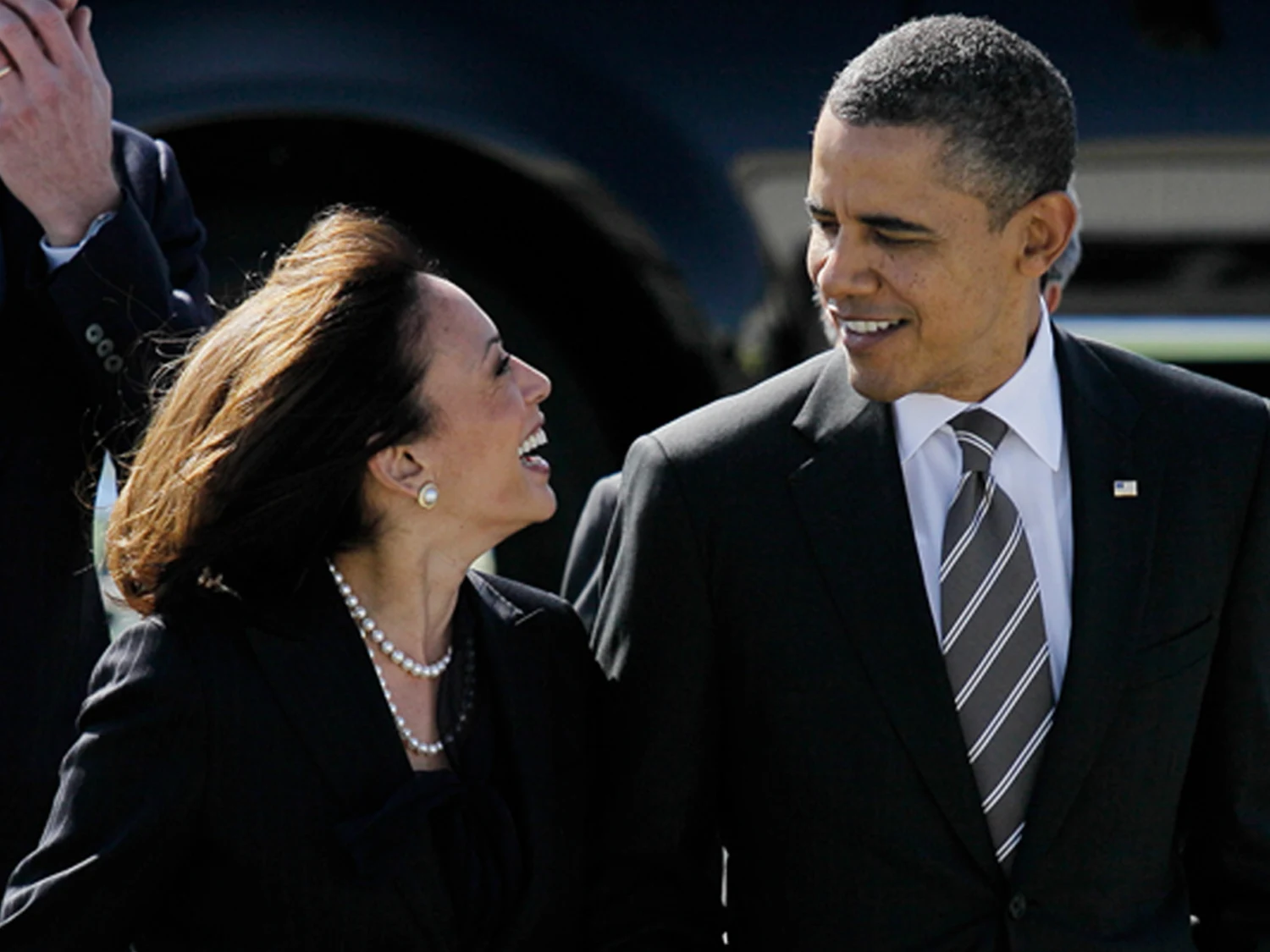Thermal Drone Pilot on Standby to Help Find Two Horses Missing in Wyoming Backcountry
The original story by David Madison for Cowboy State Daily.
Two horses that vanished in the rugged country north of Moran nearly three weeks ago are still missing, and while search efforts continue on the ground, there’s a high-tech option waiting in the wings if authorities decide to use it.
The Teton County Sheriff’s Office says the animals have been gone since Oct. 27 in remote terrain north of Moran, near the Teton Wilderness. So far, they haven’t turned up. But a thermal imaging drone operator based in Idaho Falls says he’s ready to help if called.
Alex McElligott, a professional mover by day, runs a side business called Keystone Operations. His specialty is using a $20,000 thermal drone to find lost animals across Wyoming, Idaho and Montana. He hasn’t been contacted about the missing Moran horses, but he knows the kind of country they’re likely in and what it would take to search it.
Flying a drone over national parks and designated wilderness isn’t as simple as just launching and looking. McElligott explains that it can involve extra permits and paperwork, depending on the exact location. Even so, he says a search north of Moran could look a lot like a job he took on in the backcountry near Hoback Junction, where he packed in on horseback and spent more than four hours flying in steep, technical terrain.
“It was probably one of the longest, most technical jobs that I’ve had so far,” he told Cowboy State Daily. “You definitely do see a lot of different wildlife.”
Over time, he’s learned how to tell what’s what on his screen. With his high-definition thermal camera, he can distinguish deer and elk from horses by the size and shape of the heat signature.
“If I’m looking for a horse, then a dog-sized red dot means absolutely nothing to me,” he said. “I’m looking for specific features. You can see how long the neck is, how big the animal is, you can see the legs.”
The horse he found outside Hoback Junction had simply decided it was done following the trail. It broke away from a pack string and took off on its own. McElligott flew his drone at about 35 mph, scanning an area he compares to the size of a football field at a time, and says he can cover that with about 99% accuracy. Eventually, the lost pack horse appeared in his view.
Not every job leads directly to the animal, but even then, the drone can save people days of blind searching. At an elk camp near Palisades Reservoir, a pack mule bolted mid-hunt, taking an entire elk with it up the mountain. McElligott flew over several square miles, ruling out big swaths of terrain. He didn’t spot the mule directly that night, but the next day the hunters rode to the side of the mountain he hadn’t cleared yet and found her there. Just knowing where the animal is not can be just as valuable, he says.
His work isn’t limited to stock animals. McElligott has started to build a reputation for recovering lost pets, including a prized golden retriever in Roberts, Montana. Breeder and dog show competitor Lyla Morrell lost her golden, Summer, after a visitor accidentally let the dog out. Summer vanished into surrounding wheat fields, and after two days of searching on her 20-acre property surrounded by more than a thousand acres of open land, Morrell was panicked.
“This dog is worth a lot to me,” she said. “This was a very special girl and I was like, ‘Oh my gosh, I cannot lose her.'”
A friend told her about thermal drone searches, and a quick online search led her to McElligott. She called him in desperation.
“He goes, ‘I’ll be there tonight,'” she recalled.
He drove five hours from Idaho, arrived around midnight, quietly set up his drone in the driveway and told her to go inside and wait. Within an hour, he’d found Summer not far from the property, but hidden well enough that Morrell says she never would have spotted her on foot.
“I would have never found her if it wouldn’t have been for him,” she said. “He called her, and she came to him.”
McElligott stresses that time is critical in any of these cases, whether it’s a pet, a pack animal or horses lost deep in the wilderness. The sooner he can get in the air, the better the chances of success. He knows cost can be a barrier, but urges people not to let that stop them from at least picking up the phone.
“Have people call me early,” he said. “I understand it’s not always budget-friendly for everyone, but I mean, the worst I can do is give you a discount or something if it’s in favor of this animal being found.”
His rates start at about $150 for the initial response and first hour of flight time, then $50 for each additional hour.
For the two missing horses north of Moran, every day brings harsher conditions. As of Monday, the National Weather Service was already calling for snow to move into the area by midweek, which could make both survival and searching more difficult. Anyone with information about the animals is urged to contact Teton County Sheriff’s Office Dispatch at 307-733-2331. Whether searchers stick with traditional methods or call in a thermal drone, the window to find the horses before winter fully sets in is getting narrower by the day.








The latest news in your social feeds
Subscribe to our social media platforms to stay tuned